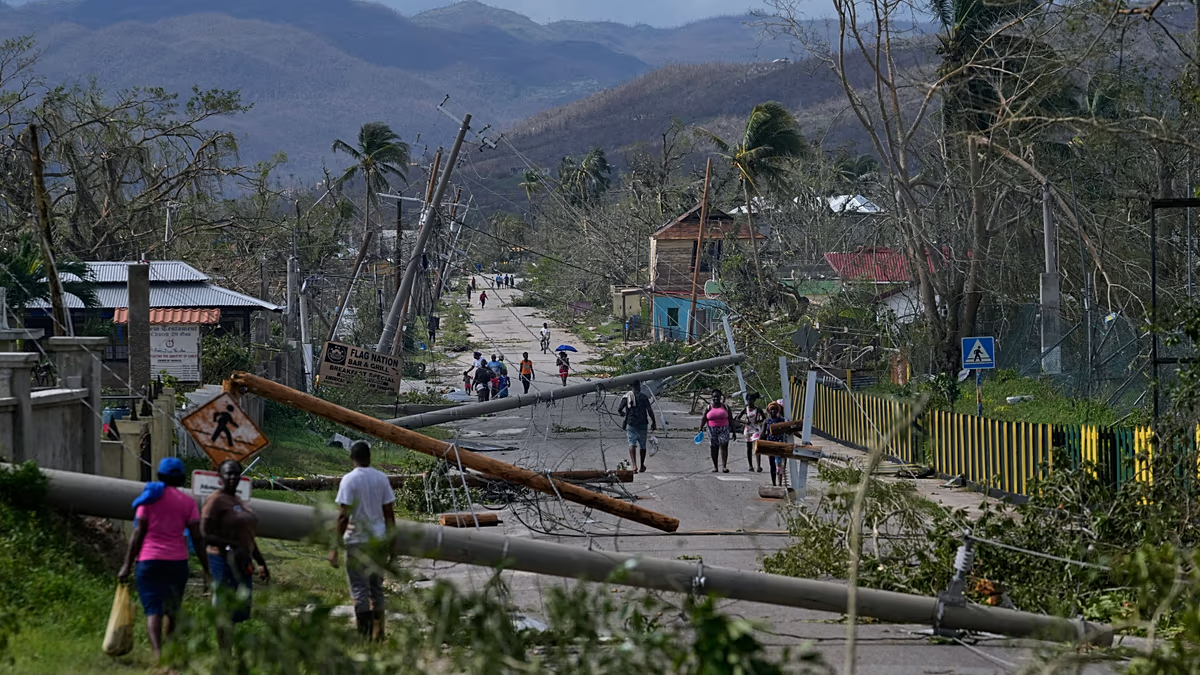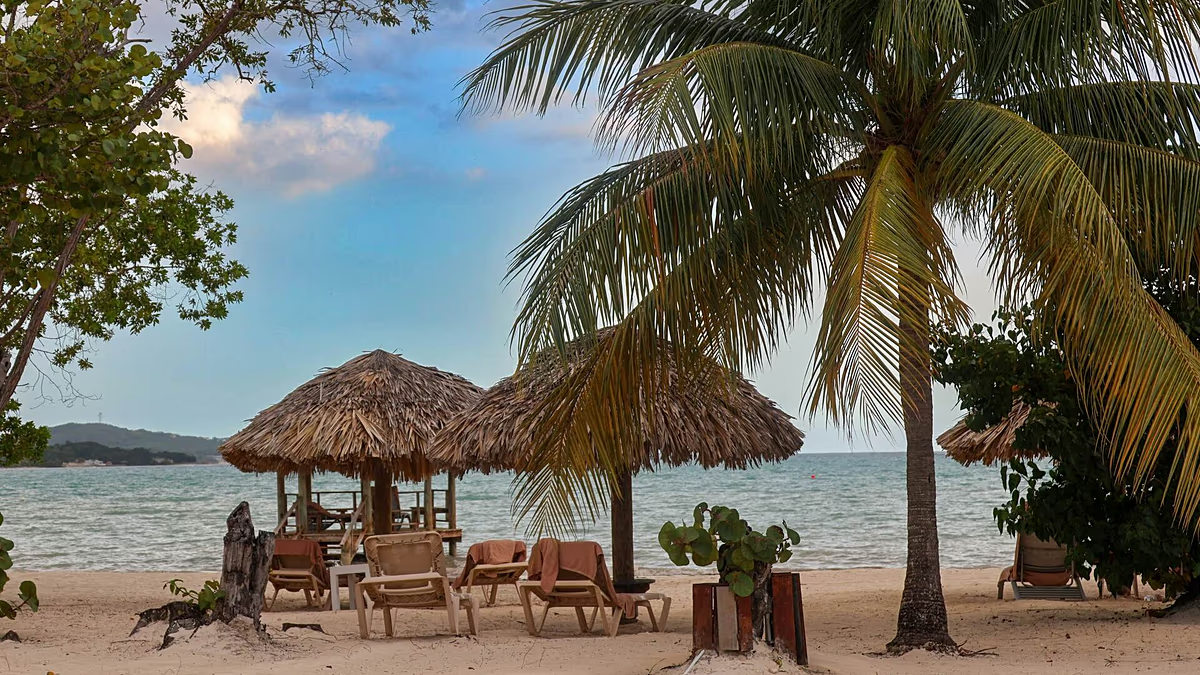European Second Cities: Unveiling Hidden Gems Beyond Capital Hotspots
The Rise of Europe’s Remarkable Second Cities
As overtourism continues to plague many European capitals, savvy travelers are increasingly turning their attention to “second cities” – the second most populated urban centers in European countries. Recent research by luggage storage company Radical Storage reveals that in 10 of 44 European countries analyzed, the second-largest city actually offers a better tourist experience than the capital. Their comprehensive study compared these cities across multiple factors including shopping, accommodation, food, culture, accessibility, and local attractions, scoring them on a scale from 0 to 10. These underappreciated destinations often provide more authentic experiences, better value, and fewer crowds while still delivering the cultural richness and charm that travelers seek in Europe.
Novi Sad: Serbia’s Cultural Crown Jewel
Topping the list with an impressive score of 5.87, Novi Sad stands as Serbia’s vibrant second city and Europe’s best alternative destination. This charming city boasts prestigious credentials as the European Youth Capital of 2019 and a UNESCO Creative City as of 2023. More walkable and intimate than Belgrade, Novi Sad offers a refreshingly laid-back atmosphere alongside a thriving cultural scene. The city particularly comes alive during the annual EXIT music festival, which draws young people from across Europe. Visitors can explore the historic Petrovaradin Fortress with its fascinating network of tunnels and iconic clock tower, stroll through the charming laneway bars of the old town (Stari Grad), or relax on the 700-meter beach along the Danube River. The Name of Mary Church with its Gothic Revival architecture and the neo-Renaissance City Hall showcase the city’s architectural diversity. What truly sets Novi Sad apart is its remarkable affordability – a main meal costs around €8.40 (compared to the study’s average of €13.60), while a night in a mid-range hotel averages just €33.50. With 102 highly-rated attractions and 251 well-reviewed eateries, Novi Sad delivers exceptional value without compromising on quality or authentic experiences.
Mediterranean Magic and Mountain Retreats: Barcelona, Gyumri, and Cluj-Napoca
Barcelona claimed second place with a score of 5.75, offering a distinctly different experience from Madrid with its relaxed Mediterranean atmosphere, stunning beaches, and extraordinary Gaudí architecture. While already a popular destination, Barcelona’s outstanding air and rail connections, combined with its unique Catalan identity and traditions like La Mercè festival and Sant Jordi’s Day, continue to attract visitors seeking something beyond Spain’s capital. In third place, Armenia’s Gyumri (5.72) enchants visitors with its focus on arts and crafts, distinctive black tufa volcanic rock architecture, and fascinating historical monuments like the Sev Berd (Black Fortress) and the 10th-century Jrapi Caravanserai. Though it has fewer attractions than other cities on the list with just 34 highly-rated sites, the quality of experiences and remarkable affordability (hotel rooms average €25.40 compared to the study’s average of €87.60) make it a worthy contender. Fourth-place Cluj-Napoca (5.59), the historic capital of Transylvania, offers travelers a more community-oriented experience than Bucharest, with less pollution, better healthcare, and greater safety. Nature enthusiasts particularly appreciate its proximity to the Apunseni Mountains, Turda Gorge, and the mysterious Hoia-Baciu Forest, while culture seekers can explore St. Michael’s Church and the unique Steampunk Transylvania Museum.
Balkan Beauty and Georgian Grandeur: Banja Luka and Kutaisi
Banja Luka in Bosnia and Herzegovina secured fifth place with a score of 5.51, distinguished by its wellness offerings and outdoor activities including kayaking, rafting, hiking, and thermal springs. The city presents a more relaxed pace than Sarajevo while maintaining an excellent café culture and nightlife scene. History buffs can explore the Ferhadija Mosque, Kastel Fortress, and Christ the Saviour Orthodox Cathedral, while nature lovers can hike to Banj Hill for spectacular views or relax in the hot springs of Srpske Toplice. Culinary highlights include Banjalučki ćevapi (grilled minced meat sausages) and paprika (stuffed peppers with meat and rice). With 69.2% of its restaurants rated above four stars, Banja Luka ranks third for dining quality in the study, with average meals costing just €7.60. Georgia’s Kutaisi took sixth place (5.48), offering superior walkability compared to Tbilisi along with easy access to western Georgia’s natural wonders. The UNESCO World Heritage Gelati Monastery, the breathtaking Prometheus Cave, and the Soviet-era Kutaisi Cable Car provide diverse attractions. Food enthusiasts can sample local specialties like chkmeruli (chicken in milk and garlic sauce) and khinkalis (meat-filled dumplings) at the Green Bazaar. The combined cost of accommodation, meals, and attraction tickets averages just €36.20 in Kutaisi compared to €54.40 in Tbilisi.
Cultural Renaissance in Lithuania: Kaunas
Rounding out the top seven with a score of 5.47, Lithuania’s Kaunas (designated European Capital of Culture 2022) perfectly blends traditional Lithuanian heritage with modern innovation. The city’s Old Town showcases an architectural medley of Renaissance, medieval, and baroque buildings, anchored by the 14th-century Kaunas Castle and the Gothic House of Perkūnas. Cultural attractions span from the conventional to the quirky, including the M.K. Čiurlionis National Art Museum (the world’s only museum dedicated to this renowned Lithuanian composer and artist), the folklore-focused Devil’s Museum, and the historically significant Sugihara House. The Rumsiskes Open-Air museum offers immersion in traditional rural Lithuanian life and crafts. Foodies can indulge in authentic Lithuanian cuisine such as cepelinai (meat-stuffed potato dumplings) and šaltibarščiai (cold beetroot soup). Kaunas exemplifies how these European second cities can offer travelers rich cultural experiences often overlooked in favor of more famous capital destinations.
Embracing the Second-City Travel Revolution
These remarkable second cities represent the changing face of European tourism as travelers increasingly seek authentic, less crowded, and more affordable alternatives to overrun capitals. From Novi Sad’s youthful energy and cultural richness to Kaunas’s unique blend of tradition and innovation, each destination offers its own distinct character and advantages. What unites them is their ability to deliver exceptional experiences at significantly lower costs than their capital counterparts, while often providing a more genuine connection to local culture and lifestyle. As overtourism continues to challenge the sustainability of travel in many European capitals, these second cities offer a promising path forward – allowing visitors to discover the authentic heart of European countries while distributing tourism benefits more evenly across regions. For travelers willing to venture beyond the obvious choices, Europe’s second cities provide the perfect blend of discovery, value, and authenticity that increasingly defines meaningful travel in today’s world.










